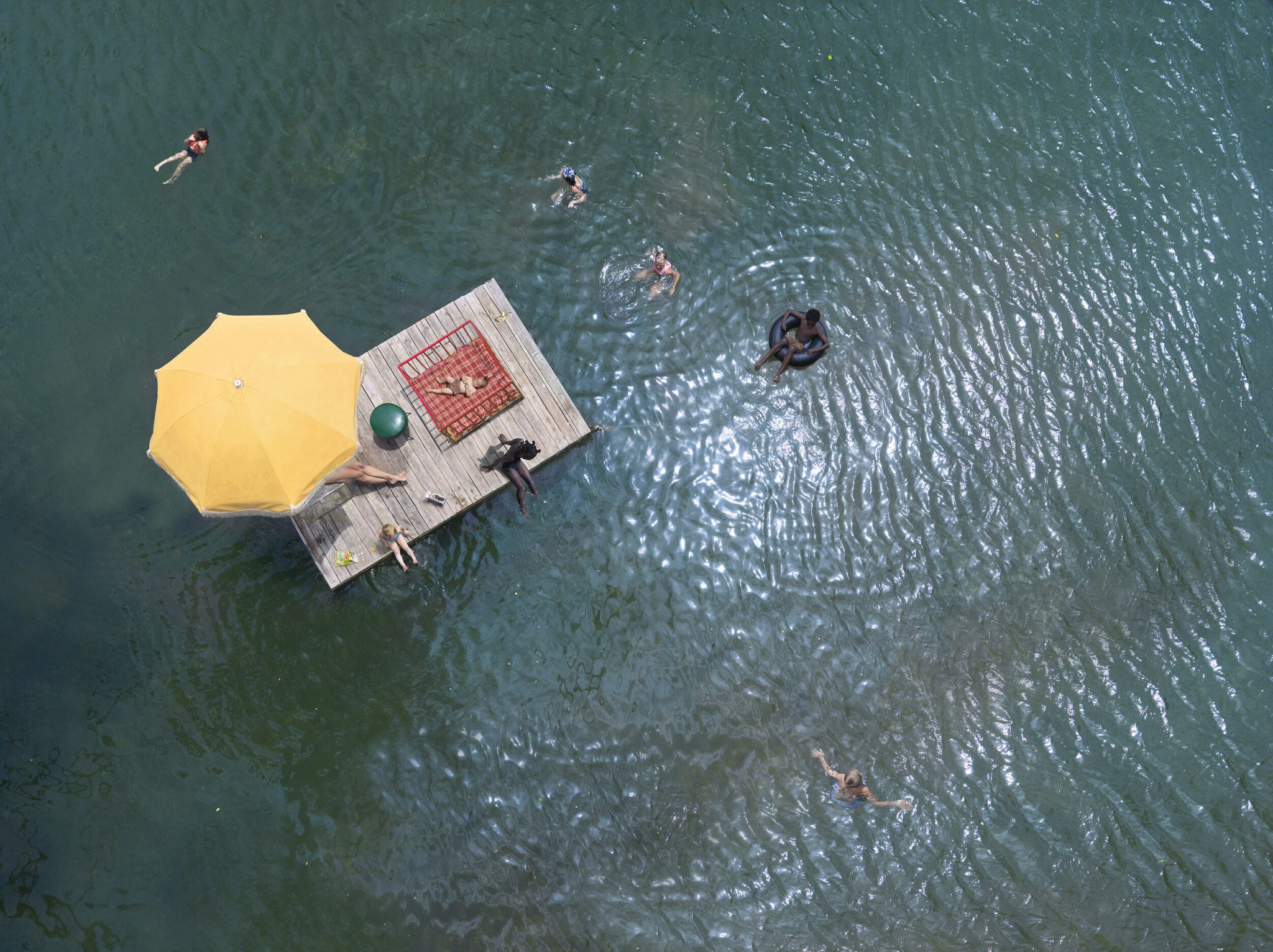A silent video adorning a Hong Kong gallery facade and techno fused with 19th century romanticism; ‘Magical girl’ anime and the ghostly presence of Toni Morrison’s fiction – our editors on what they’re looking forward to this month

Susie Lingham: Thought Sample Return
Gajah Gallery, Singapore, through 14 August
To obtain information about conditions on other planets, scientists use sample-return missions to collect rock and dust from extraterrestrial locations to be analysed on Earth. In this intriguing show, her first solo in a decade, Susie Lingham is interested in sampling as a way of learning about the world and oneself. Her abiding interest in how the mind perceives and organises information means that sources, forms and processes of human knowledge – encyclopedias, mathematical and geometrical forms, botanical studies – often appear deconstructed in her work. The first work in this show, Core Sample: Encyclopaedia Britannica 1990 (33 Volumes), features encyclopaedias arranged in a row, with an acrylic rod piercing through all of them. She had gone through them with a drill, and above the books is a tube of bored-out pages – a reference to core-sampling, a process often used in undersea or underground prospecting where scientists drill into rock or ice to obtain a cylindrical piece of material to study its properties. Elsewhere in the show are elegant sculptures of hands holding objects such as a plumb bob (a weighted object on a line used in surveying), paintings exploring the nature of time, and bisected Klein bottles (a funky 3D equivalent of the Möbius strip with no inside and outside) with poem-riddles inscribed. Adeline Chia
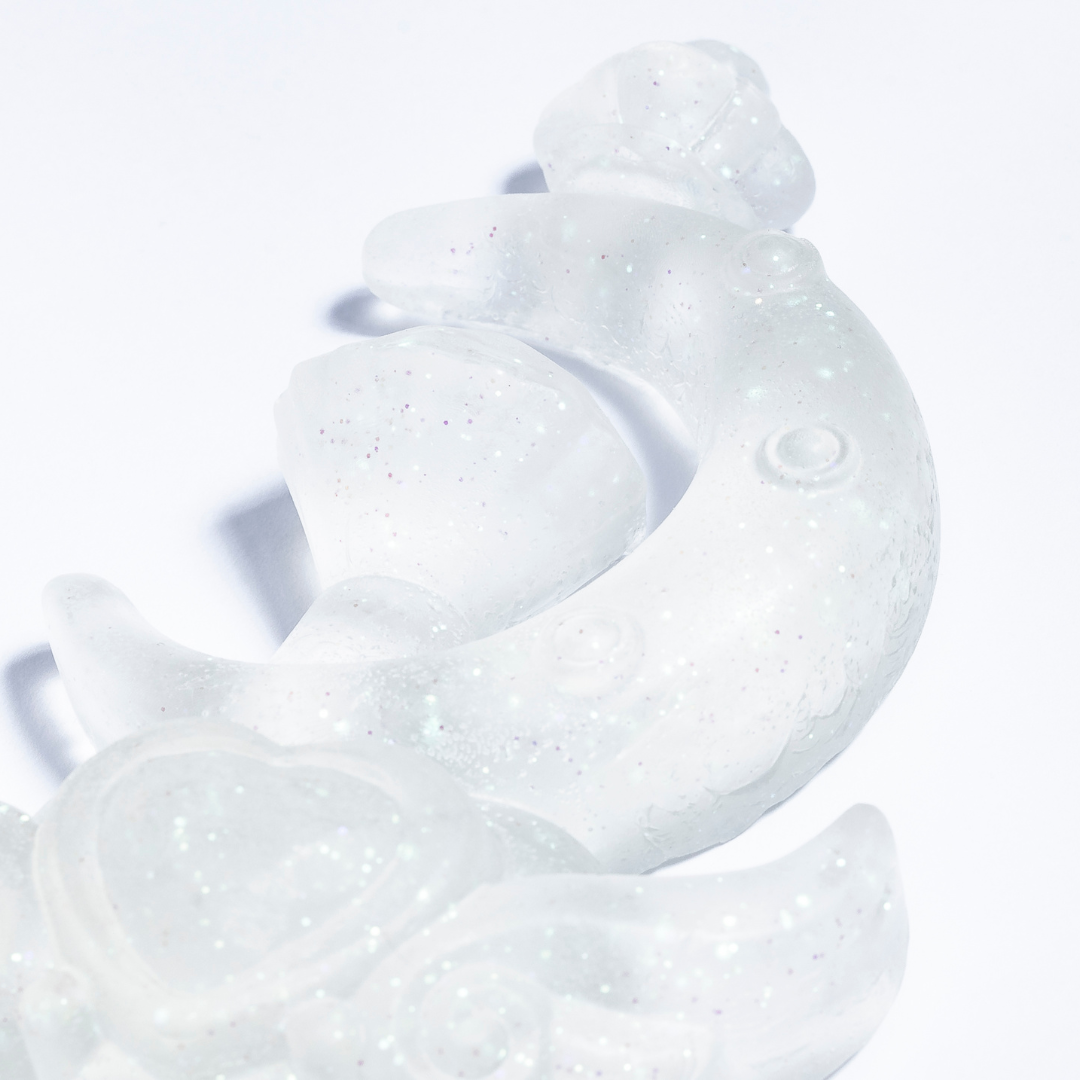
Post-Human Narratives – In the Name of Scientific Witchery
Hong Kong Museum of Medical Sciences, through 28 August
Presented by Para Site, this offsite show at the Hong Kong Museum of Medical Sciences assembles new commissions from artists – including Ho Sin Tung, Mayumi Hosokura, Florence Lam and Hou Lam Tsui – who deal in scientific and medical practices ‘considered controversial or unorthodox’. In this world, in which genetic engineering collides with dream analysis, Post-Human Narratives – In the Name of Scientific Witchery attempts to tease out new ways of thinking of the empirical and the magical, and the construction of rationality. Ranging from a film which places scenes from ‘magical girl’ anime alongside soap advertisements, seeking to open up a space ‘between the heroic and the mundane’, through to a healing sound installation that immerses the listener within the audio frequencies of a bullet vibrator, the nine artists respond to the dichotomies of the natural and the supernatural, as well as the museum’s own historical collection. En Liang Khong
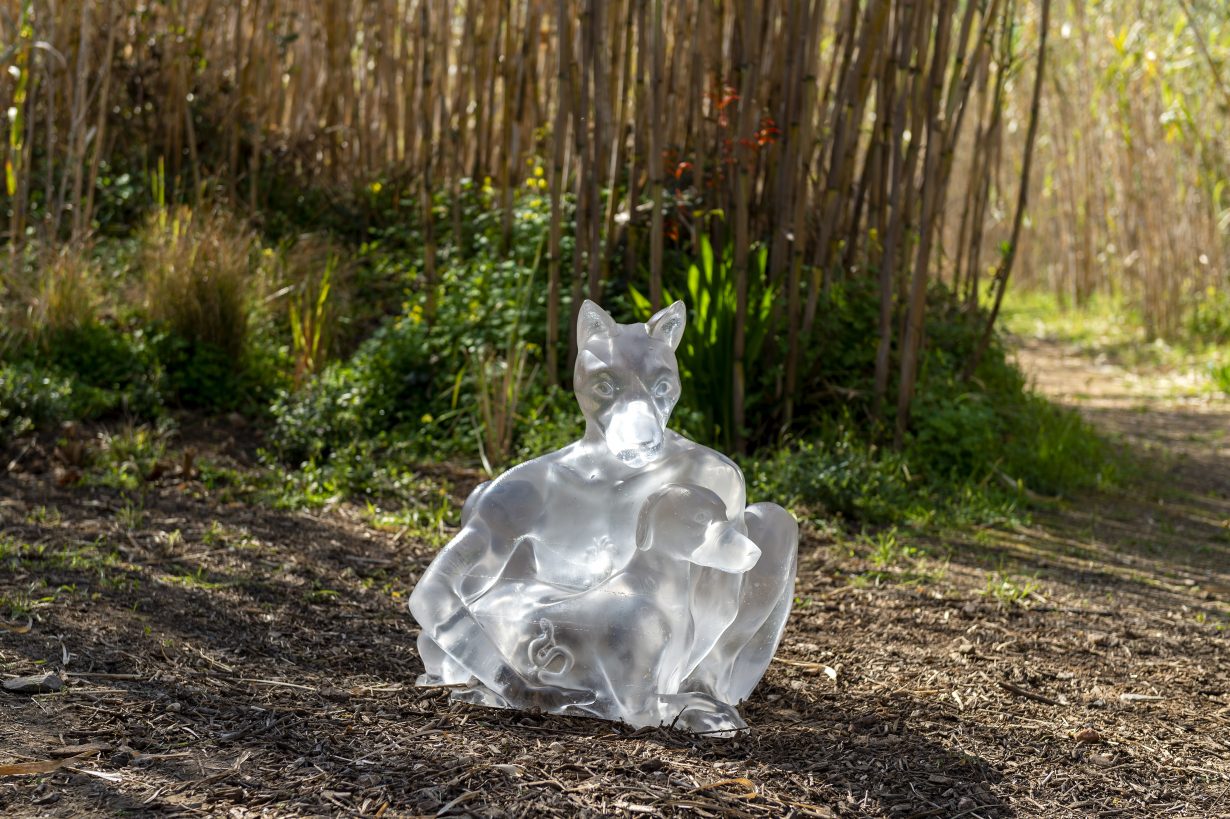
Ulysses’ Dream
Fondation Carmignac, Porquerolles Island, through 16 October
Nothing better to escape the messy realities of the present than a dive into the deliciously distant tales and myths of the past – and better yet, accompanied by the song of cicadas and Mediterranean-blue vistas. Enter Ulysses’ Dream, presented in the villa provençale-turned-contemporary-art-space of Fondation Carmignac (and its surrounding park) on Porquerolles Island: a group show filled with monsters, mutants and other hybrid creatures, as well as more introspective works inspired by the Homeric hero’s epic (and existential) ten-year odyssey across the Mediterranean. The show also offers a travel in time, with works ranging from the nineteenth-century to now – by artists including Man Ray, Odilon Redon, William de Kooning, Carol Rama, Cindy Sherman and Cyprien Gaillard, among many others – nestled into a labyrinthian scenography of mirrors, trompe l’oeils and endless corridors. Louise Darblay

Nikita Gale: IN A DREAM YOU CLIMB THE STAIRS
Chisenhale Gallery, London, through 16 October
Nikita Gale’s first solo exhibition in London stages the remnants of a performance: rays emanating from stage lights are mimicked in concrete sculpture, while real ones shine across a grey curtain draped from the ceiling and collecting on the gallery floor, creating shadows in the ripples of the crumpled cloth. The lighting is activated by commands used by humans to summon dogs, which play out intermittently through the dim room. Cold and warm colours alternate to spotlight scattered dog-bowls, or a hanging sculpture of concretised knots evoking canine playthings. Hardly the first artist to title their display with the words of Toni Morrison’s fiction, Gale conjures here the character of Circe from Song of Solomon (1977) – an old former-midwife with the voice of a twenty-year-old, who shares a rotting mansion only with a pack of dogs – as a spectral presence in this strange, compelling show. Alexander Leissle
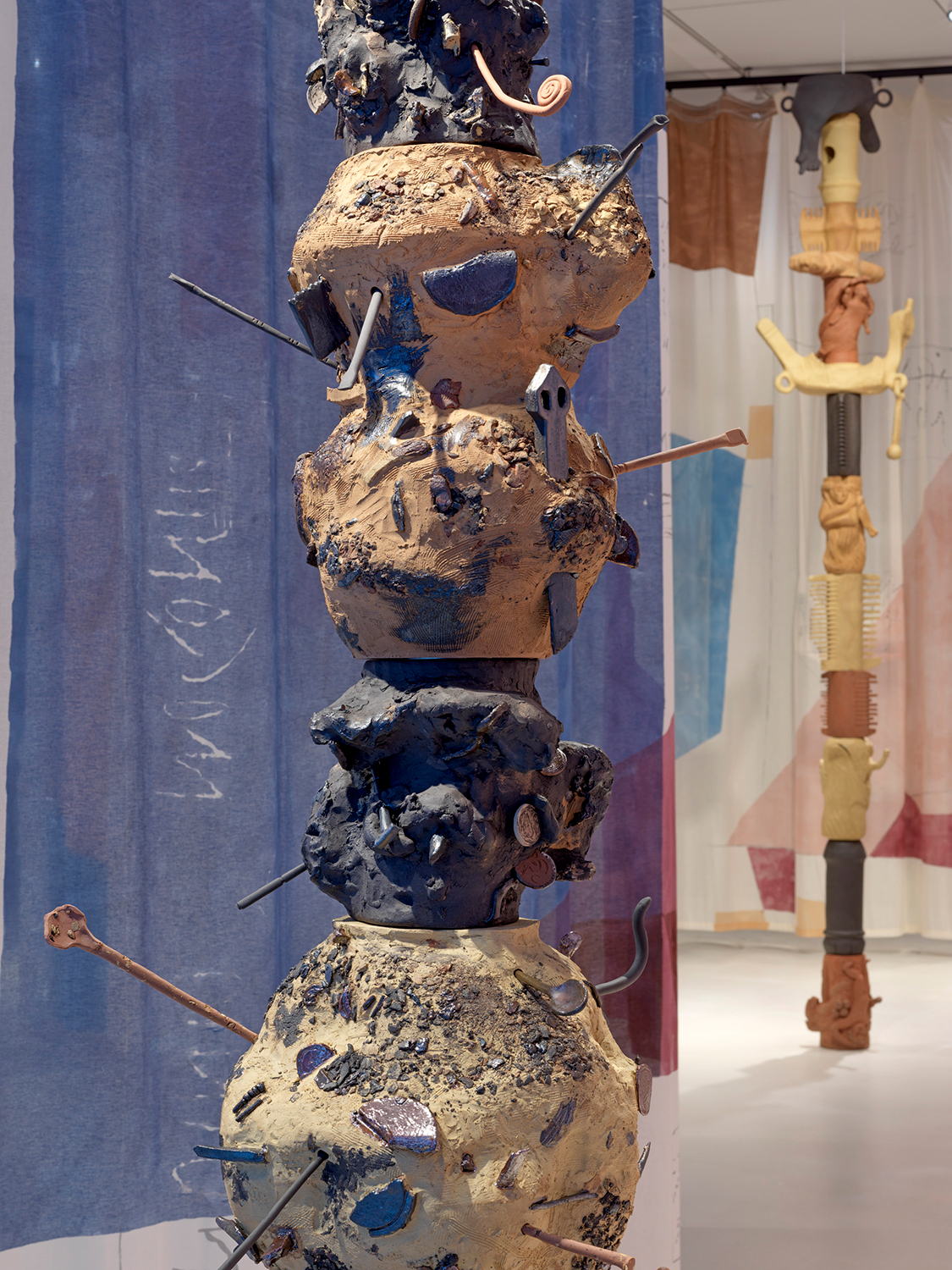
Mariana Castillo Deball: Roman Rubbish
London Mithraeum Bloomberg Space, London, 4 August – 14 January
Show me your rubbish and I’ll tell you who you are, the French sculptor Arman used to say as he made his series of Poubelle portraits by encasing other people’s trash in glass boxes. The motto might also be adequate for Mexican-born, Berlin-based Castillo Deball, whose sculptures, installations and performances dig into our relationship with objects – especially the ones left behind by our ancestors. The European headquarters of the Bloomberg group might not sound like the ideal place for a delicate foray into heritage and identity, were it not for the third-century Roman temple discovered under its current ground in the 1950s, which the media giant now displays on its premises. It’s this archaeological site then, along with the 14,000 artefacts discovered during new excavations undertaken in 2012–14, that inspired Castillo Deball’s new installation. Offering a humorous spin on the traditional deference used for archeological remains, Roman Rubbish is populated with replicas of the bits and pieces – ceramic vessels, combs, amulets, etc – discarded by their Roman owners, assembled and reworked into new sculptures. If it doesn’t succeed in telling us more about who we are, it might just parallel the vertiginous quantities of rubbish we generate. Louise Darblay
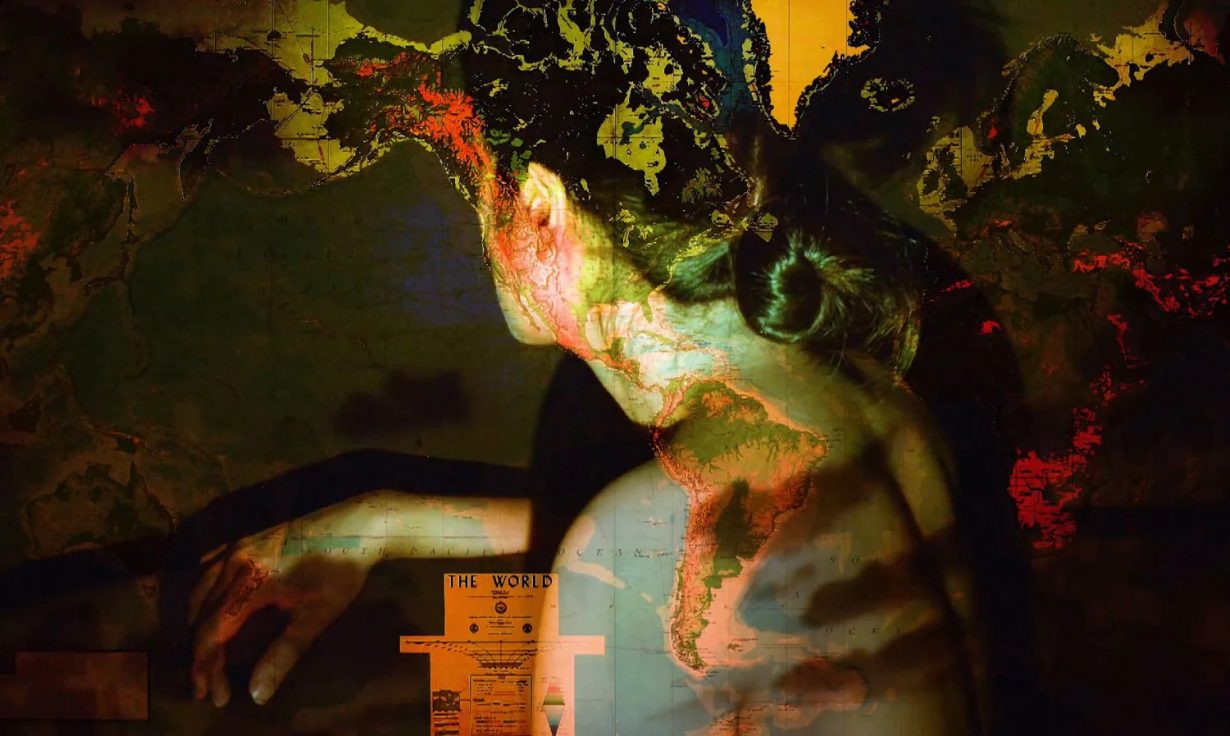
Nalini Malani: In Search of Vanished Blood
M+ facade, Hong Kong, 5 August – 30 October
Nalini Malani is a pioneer of moving-image work in India and indeed generally, constantly reinventing the medium over five decades of practice. Originally produced for Documenta 13 in 2012, In Search of Vanished Blood traces the bloodshed that followed in the wake of the Partition of the subcontinent and the enduring oppression of India’s tribal peoples. This complex work cites, among other things, the work of Eadweard Muybridge, Hindu and Greek mythology (particularly the figure of Cassandra, the Trojan prophetess who no one believed following a curse issued by the god Apollo, when she didn’t offer him the sex she’d promised in exchange for her gift of foresight), and episodes from the First World War. At M+ it will be screened on the institution’s facade, opening up a potential new dialogue with Hong Kong’s troubled skyline. Mark Rappolt

Joseph Wilson: Fragments Between Us
New Art Projects, London, 11 Aug – 03 Sep
Three short films by Joseph Wilson will be on display for Fragments Between Us in London. Wilson’s work has long been focused on identity and acceptance, of oneself and of others – particularly in the context of queer lives and communities. His breakthrough film Drag Is My Ecstasy (2014) took a documentarian focus on a monthly drag night in Bethnal Green, but later films have grown more subjective with formal experimentation, music as an emotive force, and an almost elegiac visual language as Wilson mines trauma – and wells of courage – in search of his subjects’ interiority. Fragments Between Us also includes a collaboration with set designer Tony Hornecker, whose work will spill Wilson’s film-world into the gallery space. Alexander Leissle
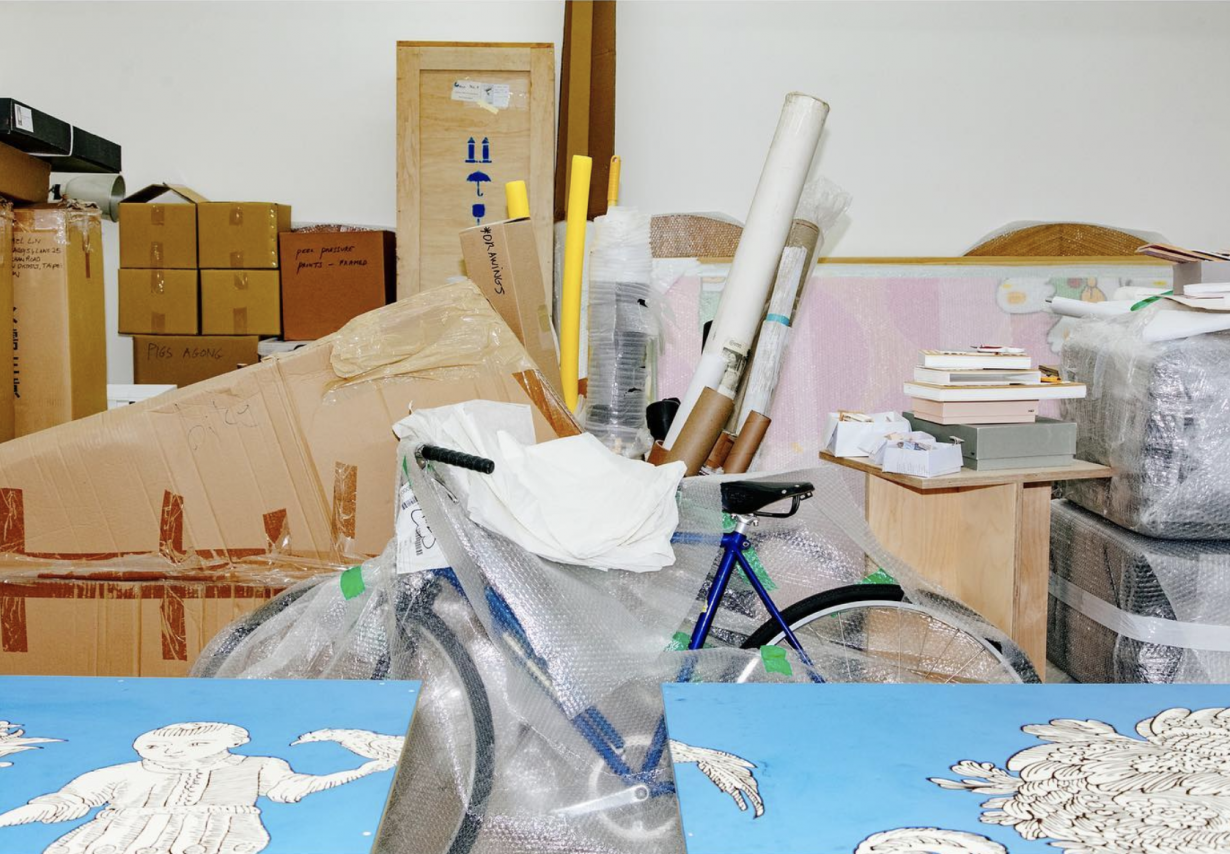
Michael Lin: Pentachrome
Metropolitan Museum of Art, New York, August 15 –
For Taipei and Brussels-based artist Michael Lin, painting means surface and surface is everywhere. In 2020 his hand-painted intervention at Mexico’s Museo Jumex spanned 1,300 square-metres of the museum’s plaza and reproduced a Mexican floral tablecloth design reminiscent of those found in his native Taiwan. This month it’s the turn of the Met on Fifth Avenue, where a motif derived from a pair of Chinese vases will grace the institution’s Great Hall escalator. The Great Hall itself is home to the museum’s collection of Asian art, here expanded, exploded and turned into a vibrant, immersive, and, in this context, exotic environment that will be both there and someplace else. Mark Rappolt
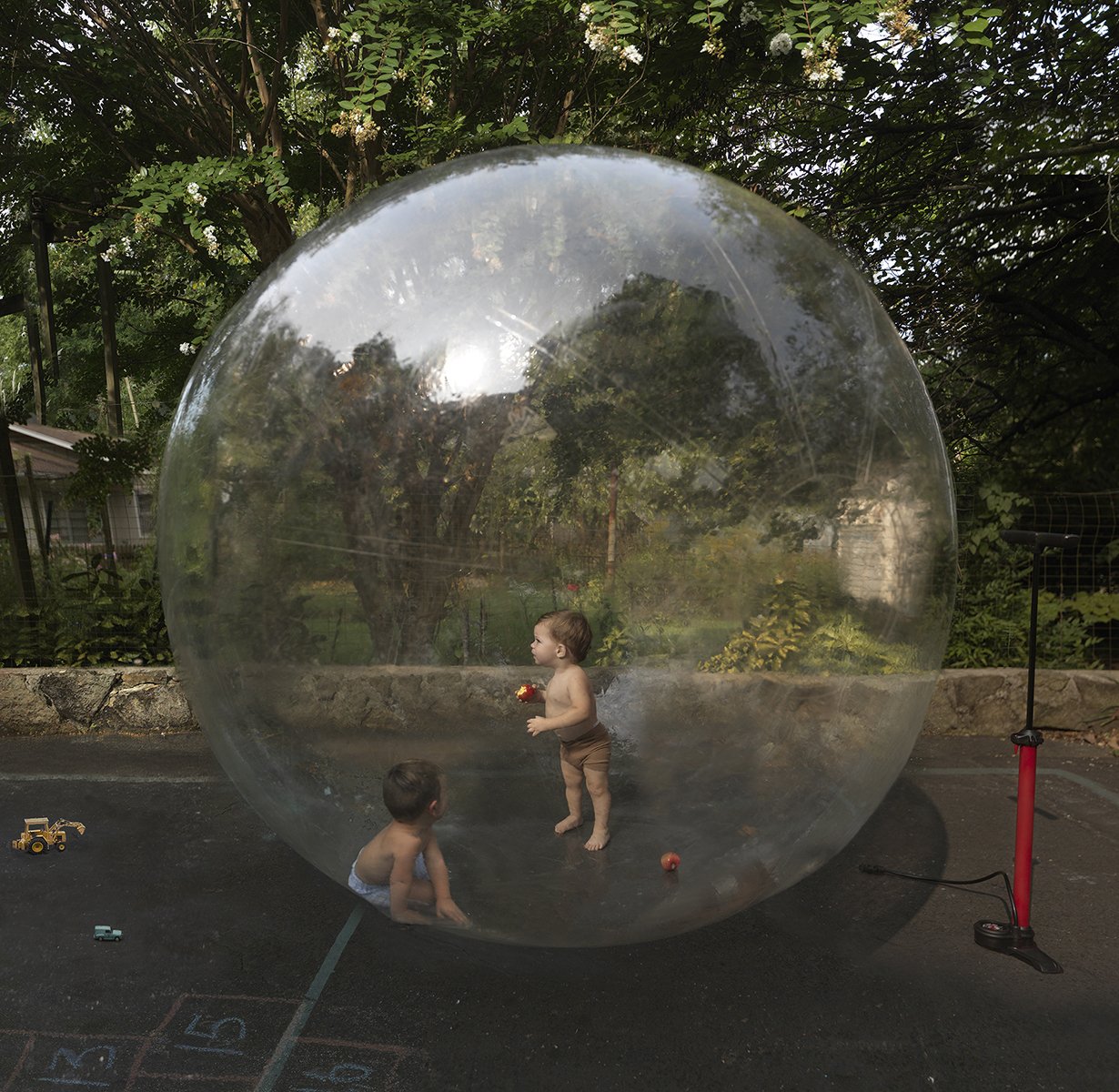
Midwest Materials by Julie Blackmon, Radius Books, 23 August
The American photographer’s third photobook takes its title from a 2018 work in which a group of children play in the forecourt of a cold storage and industrial insulation warehouse. A large, inflated ball and soccer ball are captured mid-air, either thrown or kicked against a dirtied, cream-painted brick wall on which the objects’ shadows appear like perfectly elliptical stains. Two girls wear matching pigtails and seem to almost mirror each others movements. A boy holds a long stick and gestures to another boy who stands upon a raised concrete porch and leans against a baluster, his head thrown back in a laugh. It’s a scene typical of Blackmon’s photographs, which are motivated by the artist’s relationships and experiences of a large family (she is the eldest of nine siblings). This latest photobook is a continuation of the series Domestic Vacation, which was inspired by the seventeenth-century Dutch painter Jan Steen and plays with the idea of a ‘Jan Steen household’; that is, a household in utter disarray. Except the boisterous children in Blackmon’s Domestic Vacation are also alarmingly creepy and sinister. In one photo, headless dolls are strewn across the floor of a playroom while a toddler lifts up her dress, a boy peeps out of a toy chest-cum-coffin and another boy carries a cat out of sight – what is he going to do to that cat?!. On the surface, the scenes in Midwest Materials appear carefree and fun, yet an underlying sense of unease persists. Not so much from the kids this time, as from the outside forces that threaten this American ‘fever dream’: in one image, a pair of toddlers eat apples inside an inflated Zorb ball which is a not-so-subtle yet fun and slightly surreal way of presenting a protective bubble; in another, a girl holding a kitten to her chest pushes a yellow pram past a building – a sign on its side reads ‘GUNS’. Fi Churchman

Ian Cheng: 3FACE
NFT project, outland.art, 25 August
Programmer turned artist Ian Cheng is known for digital projects that mix real-time simulation, AI and human interaction, reflecting on the nature of human (or inhuman) free will, in a culture where digital systems encroach on how actions, choices and outcomes are framed and directed. Away from the old artworld, of course, recent NFT culture has developed into an anarchic Wild West in which individuals appear to make their fortunes on images whose values soar and crash, their creators ‘free’ to produce for this fluid and supposedly untrammelled free market. 3FACE, Cheng’s first NFT project, neatly sidesteps the pitfalls of the artist NFT cash-in, by setting up a NFT ‘adaptive artwork’, based – if you believe the pre-publicity – on the owner’s previous NFT transactions. It will supposedly visualise the ‘personality traits’ of its owner as an avatar, based on some obscure psychometric analytics: ‘3FACE portrays your inner drama so you don’t have to’, chirps the blurb, cheerfully suggesting that your various online personalities may actually be a bit more real than you are. J.J. Charlesworth
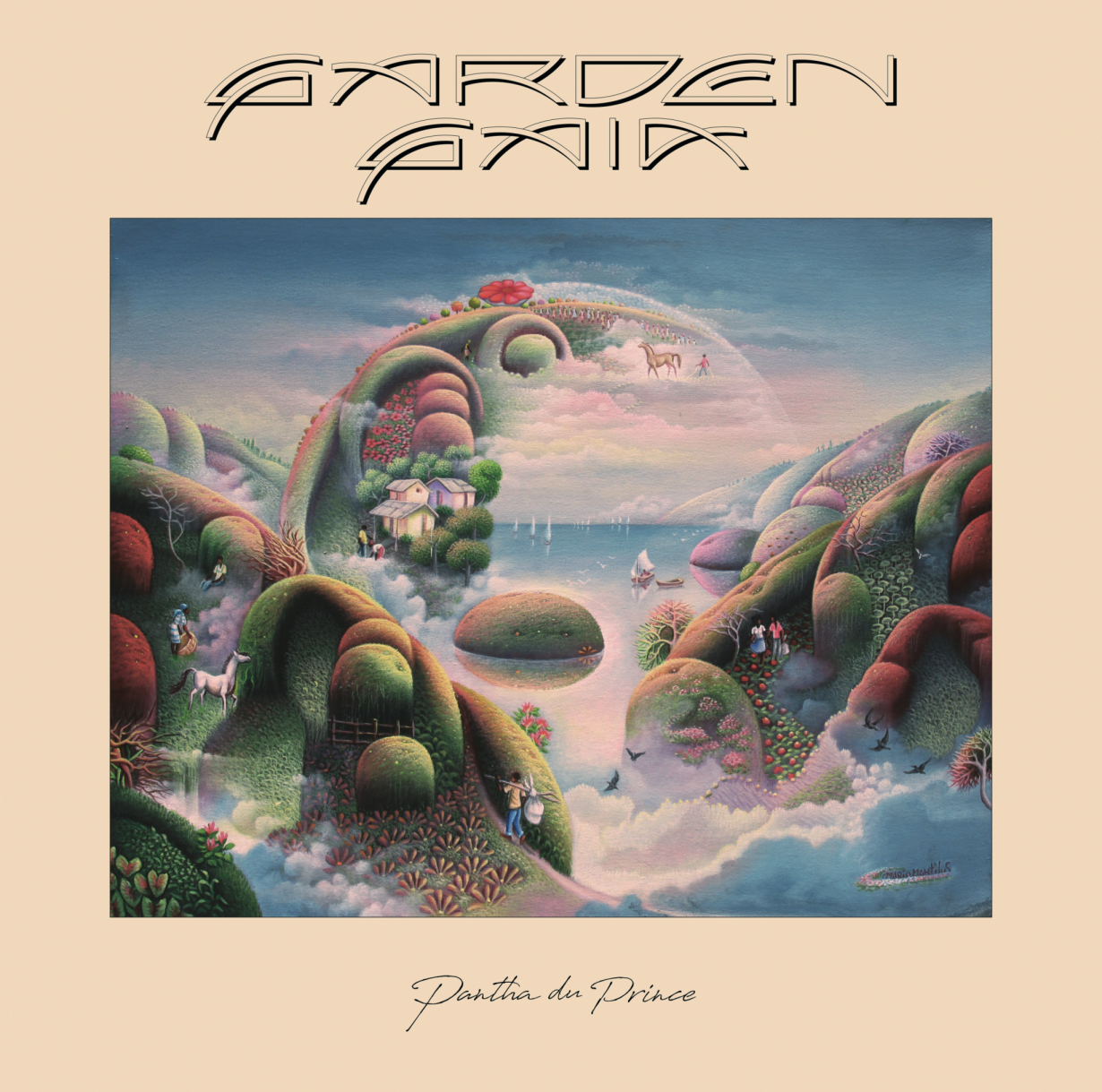
Garden Gaia by Pantha Du Prince, Modern Recordings, 26 August
Hendrik Weber, who fuses techno with 19th century romanticism, has long been interested in nonhuman consciousness, and the relationship between language and the natural world, since his cinematic explorations of the Alpine landscape in 2010’s Black Noise. For his upcoming record, the German musician has undertaken ‘an investigation with the means of music about the Earth as a vision of a perfectly functioning garden’. En Liang Khong
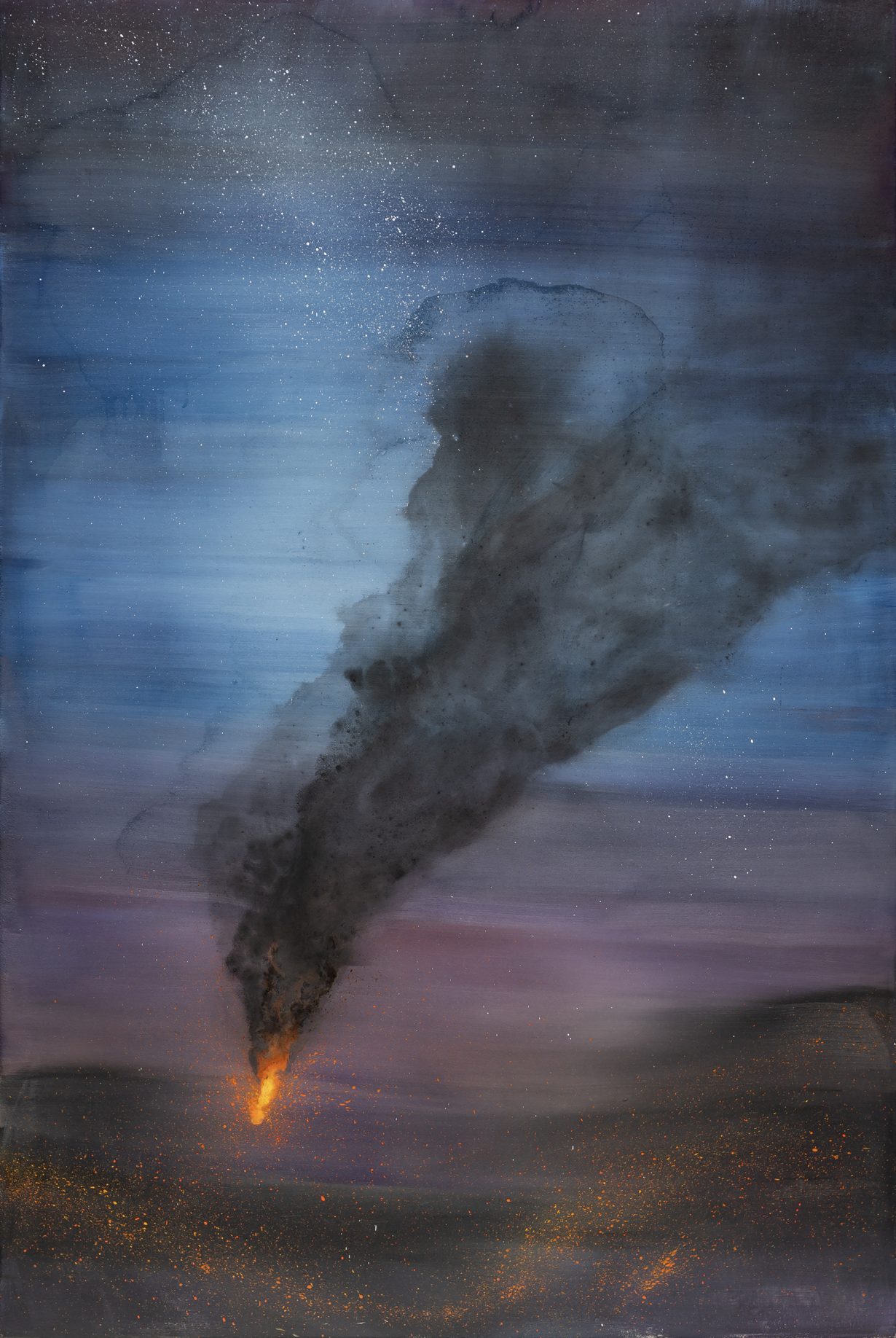
Histórias Brasileiras
MASP, São Paulo, 26 August – 30 October
The latest in the São Paulo museum’s ongoing retooling of art history (previous incarnations include Stories of Sexuality in 2017, Afro-Atlantic Stories in 2018, and Feminist Stories in 2019) has been a story in itself: claims of censorship have led to the resignation of the institution’s first indigenous curator (the museum denies the accusation). While the disputed images of the Landless Workers Movement won’t be shown, the exhibition will use over 600 objects to retell the story of the country, mixing official history with oral tradition and mythical narratives. It is a timely endeavour: in October, Brazil goes to the polls with Jair Bolsonaro, the incumbent far-right president, seeking to retain power (either by vote or, as he has hinted, by other means). Whether the Brazil of the museum’s imagination corresponds with that which emerges in two months’ time is another matter. Oliver Basciano

At Home/On Stage: Asian American Representation in Photography and Film
Cantor Arts Center, Stanford University, 31 August – 15 January
The recently established Asian American Art Initiative (AAAI) at Cantor Arts Center (which focuses its research on the intersectional experiences of ‘social inclusion, exclusion, and racialization’ of Asian American and Asian diaspora artists) has kicked off its curatorial programme with a trio of inaugural exhibitions. In July, the Center installed the late Ruth Asawa’s Untitled (LC.012, Wall of Masks), a series of 233 ceramic masks cast from the faces of her family and friends she made from the mid-1960s through 2000. This month, At Home/On Stage: Asian American Representation in Photography and Film will showcase photographs, film and video that span the twentieth century alongside artworks made since the 1970s following the coining of the term ‘Asian American’ (by activist Yuji Ichioka, who co-founded the Asian American Political Alliance (AAPA) with Emma Gee at UC Berkeley that same year). The exhibition will explore how Asian Americans have been represented in (and excluded from) mainstream US media, and tackle racial stereotypes pertaining to the community by showing the private and more intimate family lives of Asian Americans through their interconnected experiences of Asian and American cultures. The artists represented here include Ricardo Ocreto Alvarado, Patty Chang, Michael Jang, Reagan Louie, May’s Photo Studio, Irene Poon, Miljohn Ruperto, Stephanie Syjuco, Gloria Wong, Chao-Chen Yang, and Lai Yong. Fi Churchman
